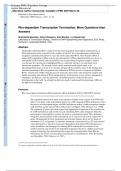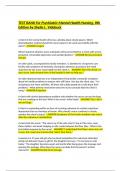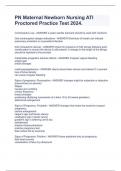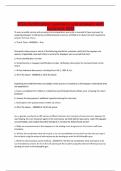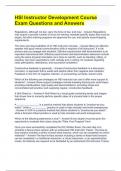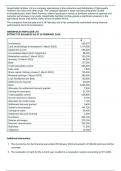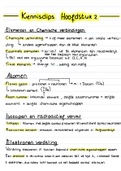Exam (elaborations)
Rho-dependent Transcription Termination: More Questions than Answers
- Course
- Institution
roperties of Rho is a reflection of its structure Functional domains Prior to the elucidation of the crystal structure of Rho complexed with nucleic acid in free and nucleotide (AMPPNP) bound states (Skordalakes and Berger, 2003), attempts were made to dissect the domain structure by cleava...
[Show more]
